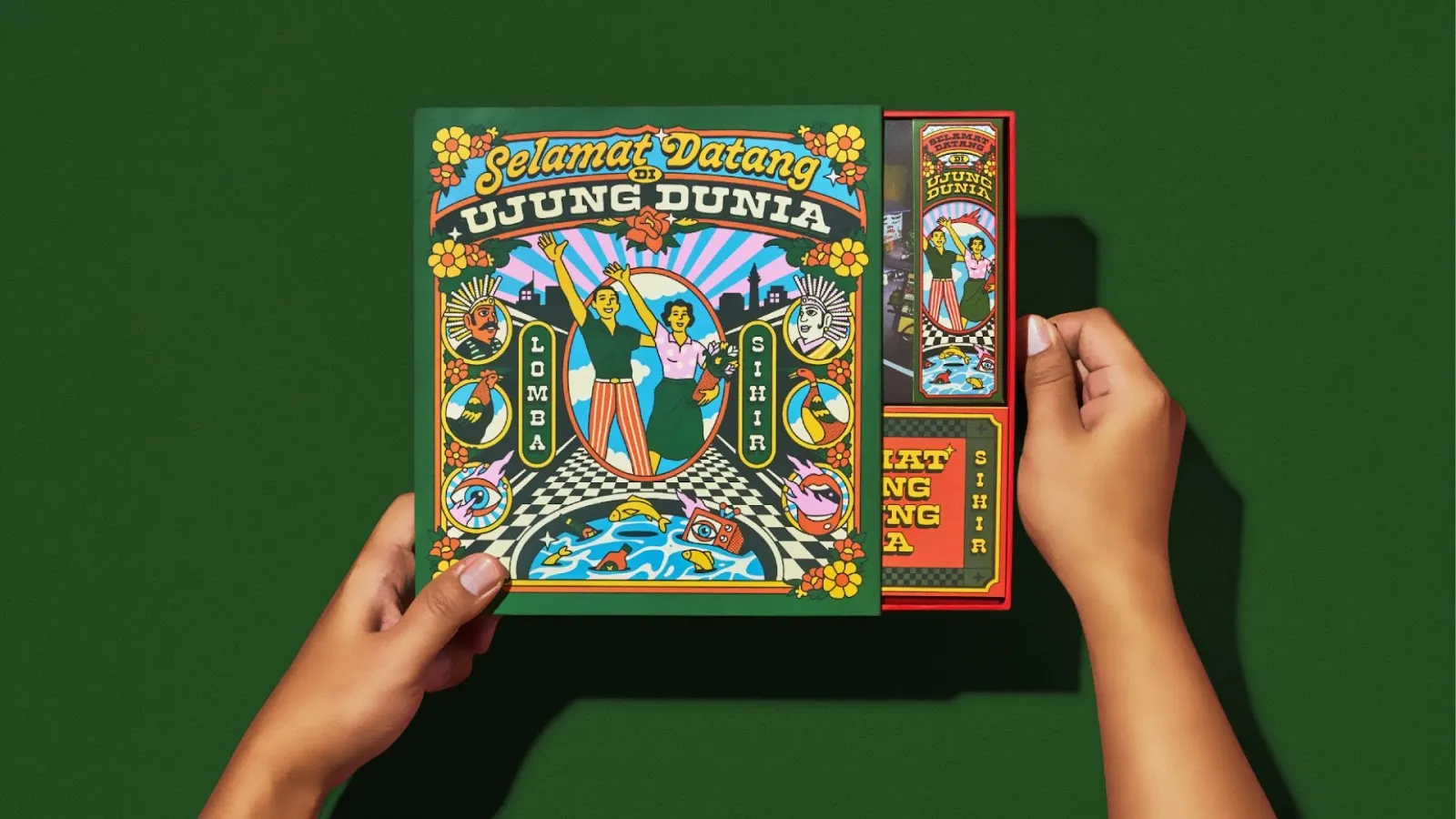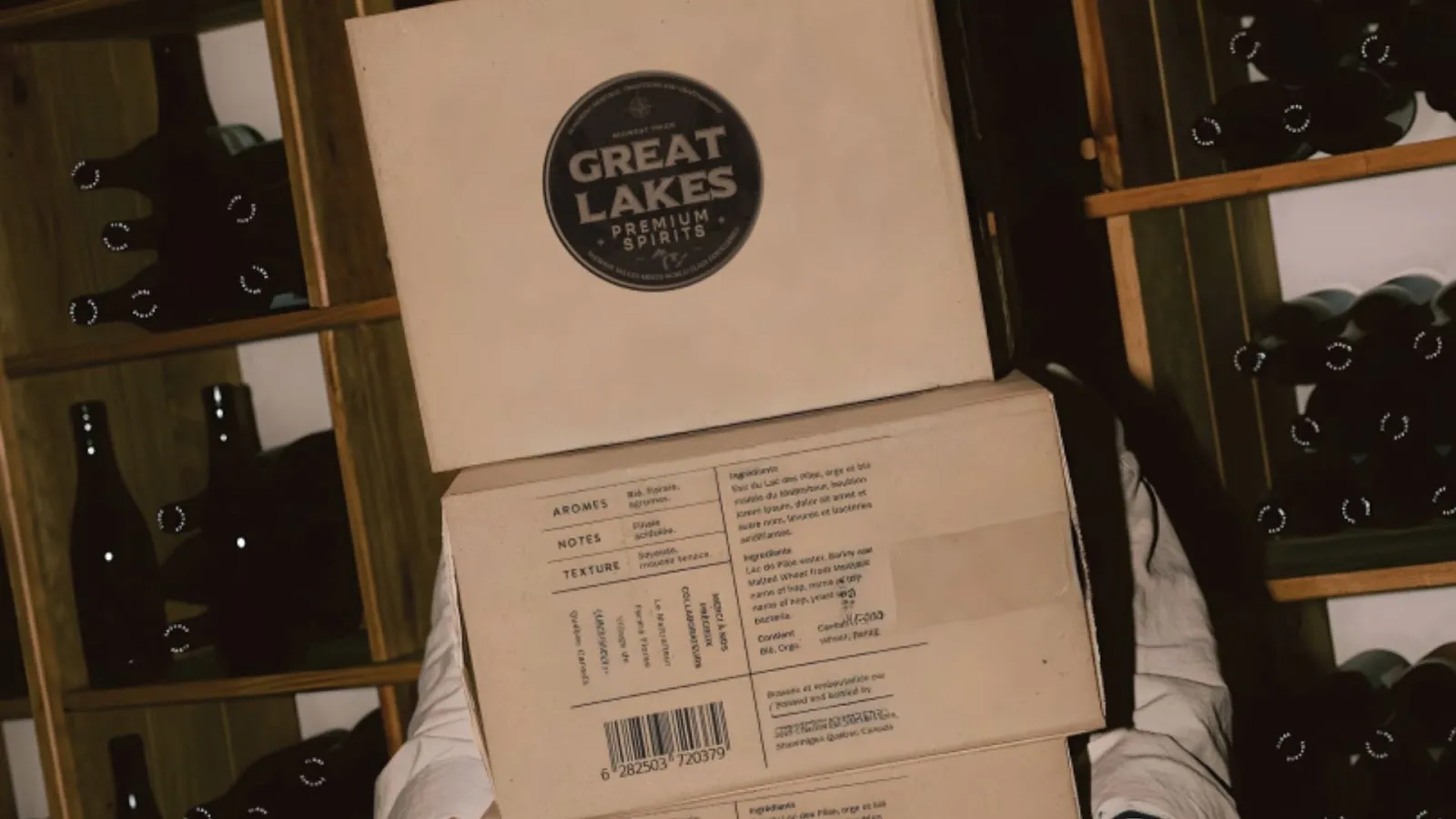.svg)
.svg)
.svg)
.svg)
.svg)
.svg)
.svg)
.svg)
Book a call and get unlimited revisions for your project!
.webp)
.svg)

In today's competitive market, packaging is far more than a simple container; it is your brand's first handshake with the customer. As consumers become more conscious of their environmental impact, the demand for eco-friendly packaging has transformed from a niche preference into a powerful driver of brand loyalty and growth. This shift presents a golden opportunity for businesses to align their values with those of their customers, turning a simple box or wrapper into a compelling story of responsibility.
Choosing sustainable solutions is no longer just about being green—it is a strategic business decision that strengthens brand identity, enhances customer perception, and can improve your bottom line. For retail brands in sectors like food, beauty, and wellness, where authenticity is paramount, adopting eco-conscious practices is essential for building a modern, resilient brand.
As a founder, you know that every decision you make shapes your company's identity. But have you thought about your packaging as a core part of that identity, rather than just a line item on a budget? Today’s customers are voting with their wallets for brands that share their values, and sustainability is no longer a niche concern—it’s a powerful driver of loyalty. Choosing eco-friendly packaging isn't just about "doing good"; it's a strategic move.
It tells a story of responsibility that resonates deeply, builds a loyal community around your mission, and can even unlock cost savings in the long run. For you, the founder, this isn't about following a trend; it's about building a resilient, future-proof brand that people are genuinely proud to support.

The world of sustainable packaging is full of innovative materials and smart designs that can protect your product while also protecting the planet. Moving beyond basic recycling, brands now have a wide array of choices that cater to different products, budgets, and sustainability goals. Understanding these options is the first step toward making an informed decision for your business.
The most familiar form of sustainable packaging involves using materials that have been given a second life. Recycled cardboard and paper remain popular choices due to their affordability and widespread recyclability. However, innovation has expanded the field significantly. You can now find high-quality packaging made from recycled plastics, such as rPET (recycled polyethylene terephthalate), which reduces the demand for virgin plastic production and diverts waste from landfills. These materials demonstrate a commitment to a circular economy, a concept that resonates strongly with environmentally aware shoppers.
Some of the most exciting developments are in the realm of eco-conscious packaging materials derived from plants. These alternatives are often compostable or biodegradable, returning to the earth after use.
Sometimes, the most sustainable choice is to use less packaging. This "less is more" philosophy focuses on eliminating unnecessary layers, components, and materials. Brands like Lush have championed this by offering "naked" products like solid shampoo and conditioner bars, completely removing the need for a bottle. For other products, minimalism can mean designing a single piece of packaging that serves multiple functions, such as a shipping box that transforms into a product display. This approach not only reduces waste but can also lower material and shipping costs.
Adopting sustainable packaging is more than a material change; it is a powerful communication tool. When you choose greener options, you are sending a clear message about your brand's values, which is a critical component of eco packaging as branding. In an era where consumers seek authenticity, this declaration of principles can forge a deep and lasting connection.
Today’s customers, especially millennials and Gen Z, actively support brands that demonstrate social and environmental responsibility. A study by Nielsen found that 73% of global consumers would definitely or probably change their consumption habits to reduce their impact on the environment. By aligning your packaging with these values, you are not just selling a product; you are inviting customers to be part of a positive movement.
This shared value system builds a foundation of trust. When a brand is transparent about its sustainability journey—including its successes and challenges—it fosters an authentic relationship with its audience. This honesty makes the brand more relatable and trustworthy, turning one-time buyers into loyal advocates. The unboxing experience, a crucial touchpoint in e-commerce, becomes even more significant. A beautifully designed, eco-friendly package creates a memorable moment that customers are eager to share online, generating organic marketing and social proof for your brand.

Many forward-thinking companies have already proven that sustainable packaging for brands is a winning strategy. Their success provides a blueprint for how to integrate green practices effectively.
One of the pioneers in this space is Lush Cosmetics. The company is well-known for its minimal-packaging philosophy, with a large portion of its products sold "naked." For its packaged goods, Lush uses 100% recycled plastic pots and encourages customers to return them for a free face mask through its "black pot" recycling program. This closed-loop system not only reduces waste but also actively engages the community in the brand's mission.
In the footwear industry, Allbirds made waves with its innovative shoebox design. Made from 90% post-consumer recycled cardboard, the packaging acts as a shoebox, shopping bag, and mailer all in one. This clever, multifunctional design significantly reduces material waste and has become an iconic part of the brand's identity, reinforcing its commitment to sustainability at every step of the customer journey.
Even major global brands like Puma have made significant strides. The "Clever Little Bag," introduced years ago, replaced the traditional shoebox with a reusable bag and a flat-pack cardboard frame. This redesign reduced cardboard usage by 65%, dramatically lowering the company's water, energy, and diesel consumption during manufacturing and transportation.
A common concern for businesses, especially smaller ones, is the perceived high cost of sustainable packaging. It is true that some cutting-edge biomaterials may have a higher upfront cost than their conventional counterparts. Sourcing these materials can also present logistical challenges, as the supply chain for them is still maturing.
However, viewing this as purely an expense is shortsighted. The return on investment (ROI) from adopting eco-friendly packaging manifests in several valuable ways. Firstly, it enhances brand equity and allows for premium positioning. Customers are often willing to pay more for products from brands that align with their values. Secondly, it builds immense customer loyalty, increasing lifetime value and reducing churn.
Finally, smart sustainable design can lead to direct cost savings. Lighter materials reduce shipping fees, and minimalist designs can lower material costs. Getting ahead of environmental regulations also future-proofs your business against potential fines or mandatory changes down the line.
Transitioning to sustainable packaging does not have to be an overwhelming overhaul. A phased, strategic approach can make the process manageable and effective.
Making this transition is a significant step, but you don't have to do it alone. If you're ready to explore what's possible, book a call with our team at Confetti to see how we can help.
At Confetti, we understand that for retail brands in competitive sectors like food & beverage, beauty, and wellness, packaging is more than just a box—it’s a critical part of your brand's story and sales strategy. As an agency exclusively focused on retail, we've seen firsthand how fragmented services can dilute a brand's message. That's why we offer an integrated approach, combining everything from branding and packaging design to AI photography under one roof. Our mission is to be the only agency your retail company needs, providing the reliability and expertise that you won't find with amateur freelancers. We help founders and marketing heads lower risk and build brands that stand out, both on the shelf and online.
Eco-friendly packaging is no longer a trend; it is a fundamental aspect of modern brand-building. It is a direct investment in your brand's future, demonstrating a commitment to the planet and to your customers' values. By making conscious choices, you can reduce your environmental footprint, strengthen customer loyalty, and create a brand that truly stands out on the shelf and online.
Ready to turn your packaging into a powerful brand asset? Confetti Designs specializes in creating compelling retail experiences, from branding to packaging. We've helped brands across food, beauty, and wellness make a lasting impression. Book a call with us today to start your sustainable packaging journey.
How does eco-friendly packaging influence branding?
It directly signals a brand's values, showing customers you care about more than just profit. This builds trust, enhances brand image, and can attract a loyal community of like-minded consumers.
Is sustainable packaging too costly for small businesses?
While some advanced materials can be costly, many affordable options exist. Simple changes like using recycled cardboard, reducing the overall amount of packaging, or choosing mono-materials for easy recycling can be budget-friendly and still make a big impact.
Which industries benefit most from eco-friendly solutions?
Any industry can benefit, but it is particularly impactful for:
What is the easiest type of eco-friendly packaging to adopt?
Switching to packaging made from recycled paper and cardboard is often the easiest first step. These materials are widely available, cost-effective, and easily recyclable for the end consumer, making it a practical and visible change.
How do I communicate my brand's switch to sustainable packaging?
Be transparent and clear on your packaging and digital platforms.
Lorem ipsum dolor sit amet, consectetur adipiscing elit, sed do eiusmod tempor incididunt ut labore et dolore magna aliqua. Ut enim ad minim veniam, quis nostrud exercitation ullamco laboris nisi ut aliquip ex ea commodo consequat. Duis aute irure dolor in reprehenderit in voluptate velit esse cillum dolore eu fugiat nulla pariatur.
Block quote
Ordered list
Unordered list
Bold text
Emphasis
Superscript
Subscript


.svg)